Books and Reviews
Here are some general books about women and mathematics, listed in order of publication date. More books about lives of women mathematicians can be found here.
Number Theory Through the Eyes of Sophie Germain: An Inquiry Course
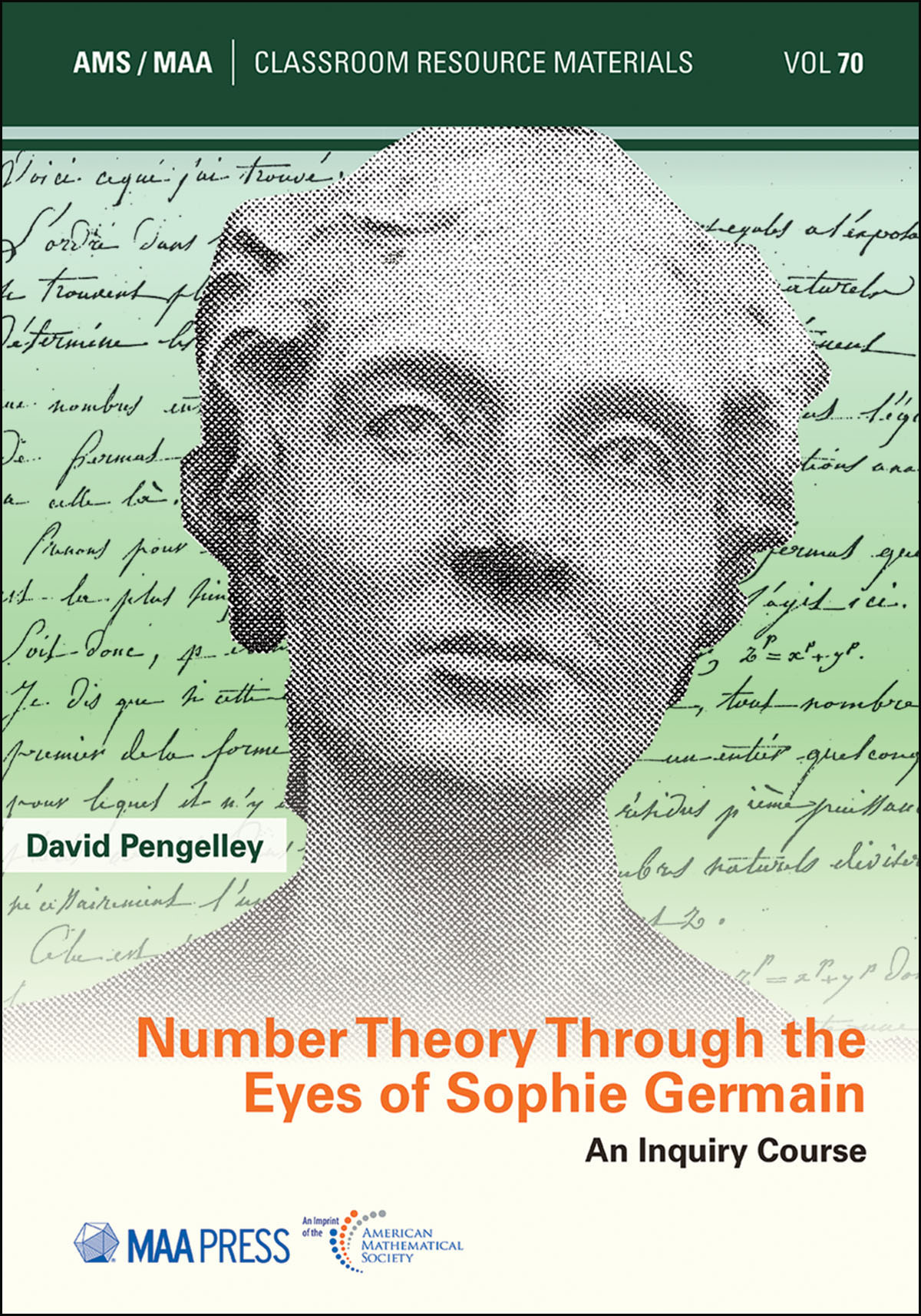
by David Pengelley
Classroom Resource Materials, 2023
Sophie Germain (1776–1831) was largely self-taught in mathematics and, two centuries ago, in solitude, devised and implemented a plan to prove Fermat's Last Theorem. We have only recently completely understood this work from her unpublished letters and manuscripts. David Pengelley has been a driving force in unraveling this mystery and here he masterfully guides his readers along a path of discovery. Germain, because of her circumstances as the first woman to do important original mathematical research, was forced to learn most of what we now include in an undergraduate number theory course for herself. Pengelley has taken excerpts of her writings (and those of others) and, by asking his readers to decipher them, skillfully leads us through an inquiry-based course in elementary number theory. It is a detective story on multiple levels. What is Sophie Germain thinking? What do her mathematical writings mean? How do we understand what she knew and what she was trying to do, where she succeeded and where she didn't?
Southeast Asian Women Mathematicians CV Collection 2021
This book is a collection of CVs of women mathematicians in Southeast Asian countries. It shows their contribution, not only related to academics but also various community service activities in professional organizations in the mathematics field at national and international levels. During the 2nd SEAWM2 virtual meeting, the "Southeast Asian Women Mathematicians CV Collection 2021" book was launched in July 2021.

The e-book version (revised edition 2022)
is available (with permission of the editor) here.
The Human Computer: The Story of Katherine Johnson and Her Work
by Elena Sacchi, Valeriya Korol, and Yuri Cavecchi
Quaternion Books, 2021
This publication will be a tribute to the work of Katherine Johnson, an African American mathematician whose role in the NASA space program was fundamental to its success. She was the first woman to be credited for her research work in the Flight Research Division. The book is lauched in a kickstarter project.
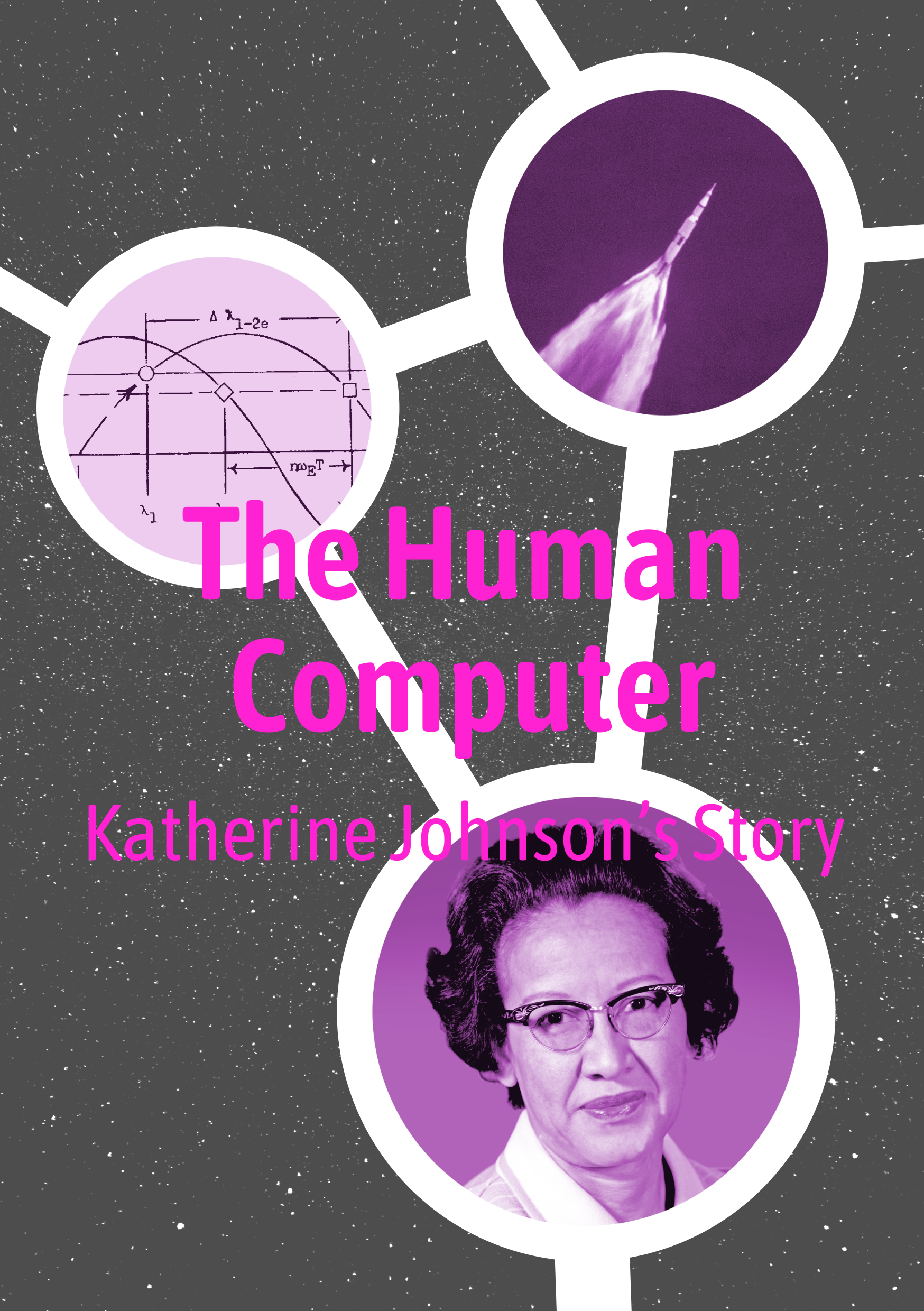
Delusions of Gender: The real science behind sex differences
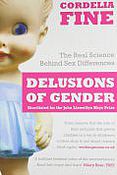
by Cordelia Fine
Icon Books, 2011.
This book, shortlisted for many prizes, debunks the idea that men and women are hardwired with different interests. The author criticizes claimed evidence of the existence of innate biological differences between men and women’s minds, as being faulty and exaggerated, and argues that cultural and societal beliefs contribute to commonly perceived sex differences.
Whistling Vivaldi. And Other Clues to How Stereotypes Affect Us
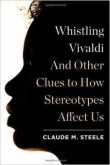
by Claude Steele
New York: W. W. Norton, 2010.
Reviews: Times Higher Education, Harvard Educational Review
From the review: “Why are students of color not graduating from college at the same rate as white students? Why might white students be reluctant to take courses with a substantial number of students of color in them? What can educators do to address these problems? In his new book, Whistling Vivaldi: And Other Clues to How Stereotypes Affect Us, social psychologist Claude Steele helps us find answers to these questions based on findings from social psychology experiments.”
Pioneering Women in American Mathematics: The Pre-1940 PhD’s

by Judy Green and Jeanne LaDuke. A co-publication of the AMS and the London Mathematical Society, 2009.
From the book description: “More than 14 percent of the PhD’s awarded in the United States during the first four decades of the twentieth century went to women, a proportion not achieved again until the 1980s. This book is the result of a study in which the authors identified all of the American women who earned PhD’s in mathematics before 1940, and collected extensive biographical and bibliographical information about each of them.”
Women in Science European commission, 2009
An e-book with audio option published by the European commission.
From the website: “For much of human history, women were officially excluded from the scientific realm. However, in spite of their invisibility in the history narrative, this did not mean that science was exclusively a man’s world. Many women, throughout the centuries, have managed to overcome their marginalisation and excel in their chosen field, making vital contributions to the sum of human knowledge.
With this book we would like to celebrate European women scientists throughout the ages. The book tells the compelling stories of some of the heroines of European science – some sung but many unsung – and, through their narratives, it enriches and completes the history of scientific knowledge by highlighting its female face.”
Women in Science, Then and now

by Vivian Gornick
First published Simon and Schuster 1983
Revised and updated 25th anniversary edition published by the Feminist Press 2009.
Also available as e-book here.
Complexities: Women in Mathematics
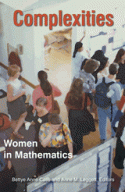
Edited by Bettye Anne Case & Anne M. Leggett
Princeton University Press 2005
From the website: “This captivating book gives voice to women mathematicians from the late eighteenth century through to the present day. It documents the complex nature of the conditions women around the world have faced–and continue to face–while pursuing their careers in mathematics.”
Winner of the 2006 Book Award, Mathematics/Computer Science category, Alpha Sigma Nu, and the Association of Jesuit Colleges and Universities.
Change is possible: Stories of Women and Minorities in Mathematics
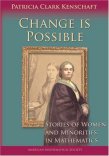
by Patricia Clark Kenschaft
American Mathematical Society, 2005.
From the book description: “Based on dozens of interviews and extensive historical research, and spiced with interesting photographs, this entertaining book relates stories about mathematicians who have defied stereotypes. There are five chapters about women that provide insight into the nineteenth and the mid-twentieth century, the early 1970s, the early 1990s, and 2004. Activists in many fields will take heart at the progress made during that time.”
Women Becoming Mathematicians: Creating a Professional Identity in Post-World War II America
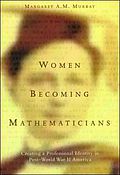
by Margaret Anne Marie Murray
MIT Press 2000
“Women Becoming Mathematicians looks at the lives and careers of thirty-six of the approximately two hundred women who earned Ph.D.s in mathematics from American institutions from 1940 to 1959.”.
Women in Mathematics: Scaling the heights
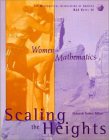
Editor: Deborah Nolan
The Mathematical Association of America, MAA Notes 46, 1998.
From the book description: “This is a rich resource of ideas and examples that should be essential reading to all those involved in developing courses and programmes for stimulating students who are considering higher education in the mathematical sciences. Three opening essays take stock of the progress women have made in mathematics in the past twenty years, and are accompanied by quantitative comparisons between male and female students that have striking implications for teachers of mathematics. The heart of the book is a collection of articles about how to teach topics not usually found in the undergraduate curriculum; they provide practical advice about how to help students to achieve their potential. A final part gives detailed information on model teaching programmes that can serve as case-studies.”
Women in Mathematics: The Addition of Difference
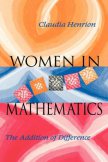
by Claudia Henrion
Indiana University Press, 1997.
From the editorial review: “Mathematicians do their best work in their youth’; ‘mathematicians work in complete isolation’; ‘mathematics and politics don’t mix.’These and other myths are discussed and debunked—in both theoretical and concrete terms—in the particular context of the role of women in mathematics. Henrion studies the nature of the participation of women in mathematical research and surrounding issues of gender and race by weaving her narrative around detailed profiles of nine respected women mathematicians (including two African American women).”
Hypatia’s Heritage. A history of women in science from antiquity to the late nineteenth century
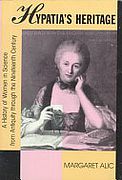
by Margaret Alic
Beacon Press, 1986.
“Portrays the lives and recovers the scientific contributions of women whose names have been left out of history books.”